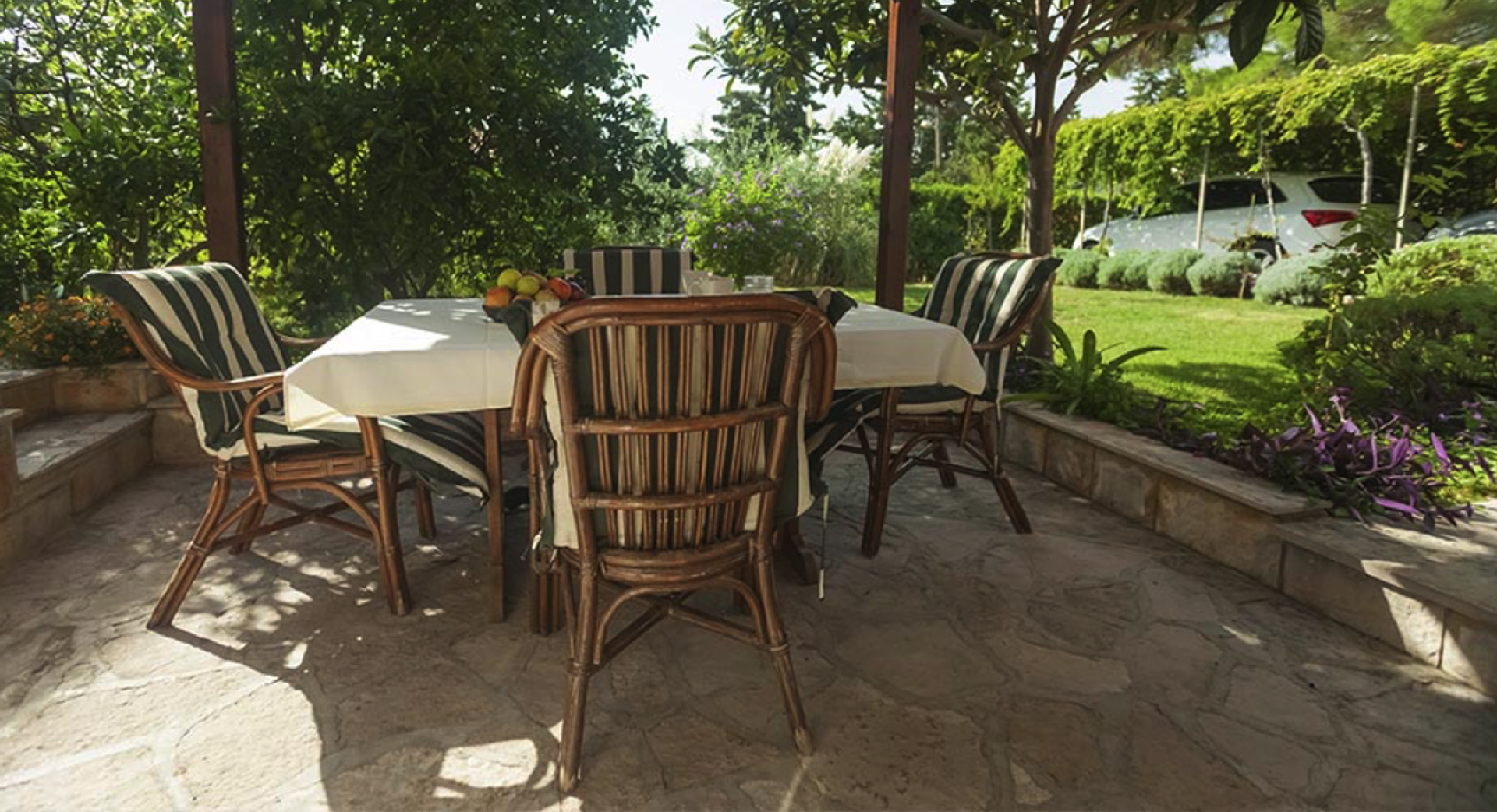STYLE AND ENERGY SAVINGS: STRATEGIC SHADE TREE PLANTING


ENERGY EFFICIENCY
Conventional heat pump systems are known for poor efficiency and performance in cold temperatures. Today, thanks to the integration of INVERTER-driven variable speed compressor technology, highly-efficient, modern heat pump systems offer homes optimized comfort conditioning no matter the season or temperature.
PLANT YOUR WAY TO ENERGY SAVINGS WITH SHADE TREES
Scorching hot summers and dryer seasonal conditions can really put a damper on your personalized comfort. Sure, some like it hot. But fiery, blast-furnace conditions aren’t for everyone.
So, what’s a homeowner to do? Two words: shade trees.
THE BENEFITS OF GREEN COVER
By blocking and dissipating the sun’s rays, strategically placed trees shield areas of your home and property from unwanted heat.
Similar to how we sweat, shade trees cool the surrounding air through water evaporation. But you won’t be sweating much after your shade trees grow in. (Unless hitting the gym is one of your New Year’s resolutions.)
Not only are shade trees aesthetically pleasing, but numerous studies suggest they keep your home and property cooler, and reduce energy and cooling needs anywhere from 20 to 100 percent.
WHERE TO PLANT
Knowing where to place your green cover makes all the difference in heat management. Instead of overworking your air conditioner—and your wallet—plant shade trees in areas exposed to direct sunlight.
The following locations are great for shade trees:
• South-West and West-Facing Regions: These areas of the house are typically soaked in sun in the afternoon and are prone to overheating. Foliage from shade trees blocks sun from entering windows from heating walls and roofs. If you’re worried about losing light in the winter, opt for deciduous trees, which shed their leaves in the autumn.
• “Heat Sinks”: Dark-colored roofing materials and asphalt driveways can absorb large amounts of heat in the summer months, significantly altering the air temperature of surrounding areas. (If you’ve ever walked barefoot across a hot driveway in the summer, you know what we mean.) A little shade can keep your property cool and comfortable when the temperature soars.
• Air Conditioning Intakes: Whether you’re using a standard air conditioner or a ductless solution, shading the intake area can make a world of difference in your comfort. By lowering the surrounding air temperature by several degrees, your system works more efficiently, with less energy required to cool your home.
Be sure to give your trees room to grow and breathe. A baby tree can easily balloon into a 40-foot
monster after a number of years. And it would be a shame to prune away all that hard work.
THE PROOF IS IN THE SAVINGS
Great as a “carbon sink”, shade trees are easy on the eyes and wallet.
In a recent study led by Ryerson University, researchers assessed the annual savings generated by 577 shade trees. Here’s what they found:
Despite their relatively young age, the planted trees saved owners a generous 77,000 kWh of electricity over a 10-year period. To put it in perspective, each tree planted saved enough electricity to power an average home for about one week. (That’s a lot of savings!)
After 25 years of growth, the study predicts that each tree will save 435 to 483kWh annually. That’s enough to run a dishwasher every day for a year. Not bad for a few trees, if you ask us.
There you have it; shade trees are a great way to spruce up your property, keep cool, and save money. Overall, they’re a solid win on many fronts.
SOURCES:
This article has been sponsored by Mitsubishi Electric Sales Canada Inc.
Ryerson University: Planting a tree will significantly reduce your summer energy bills and improve the environment
BC Hydro: Plant a deciduous shade tree
Landscape for Life: Use vegetation to increase energy efficiency
Utah State University Forestry: Planting trees for energy conservation— the right tree in the right place

